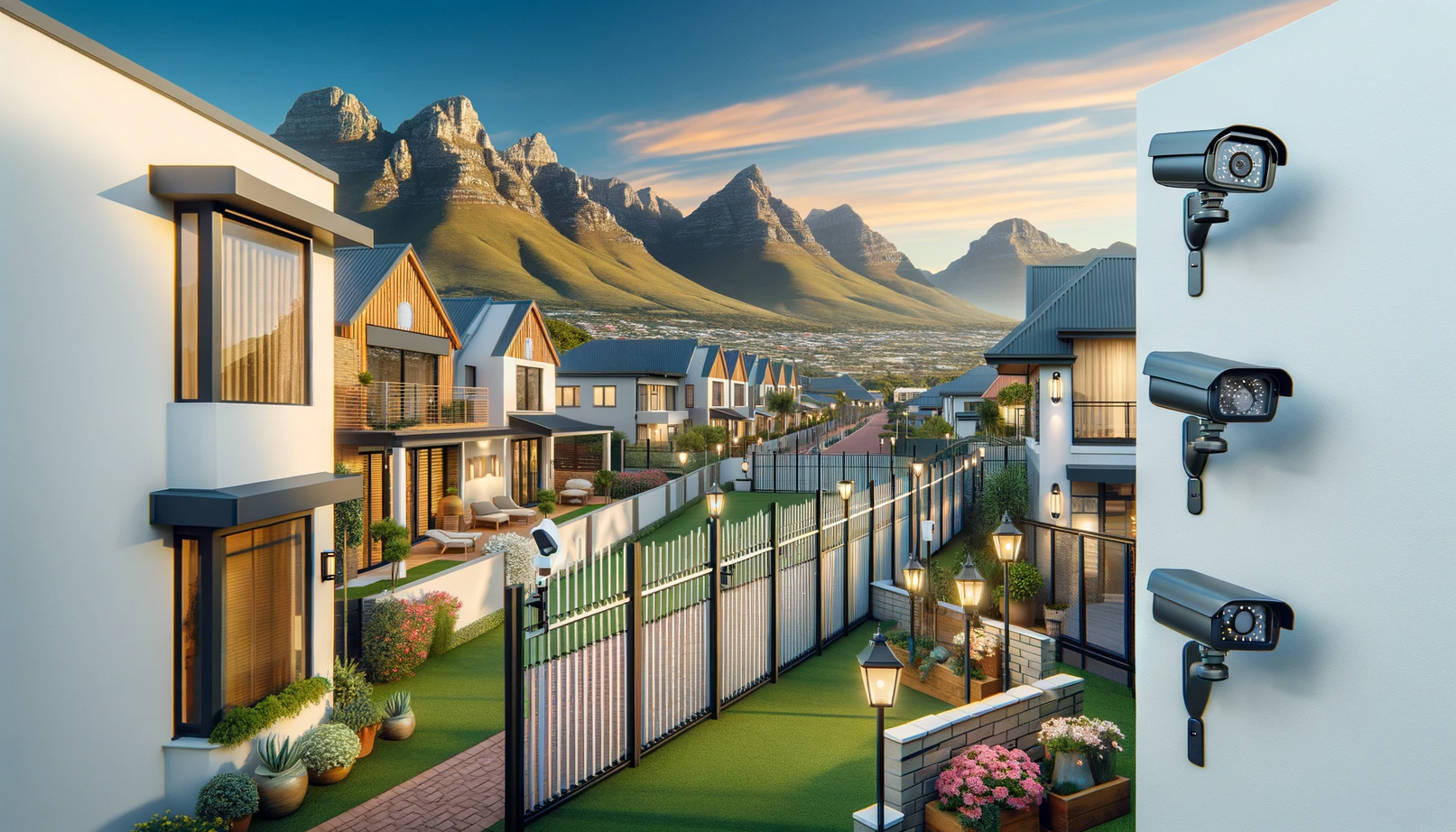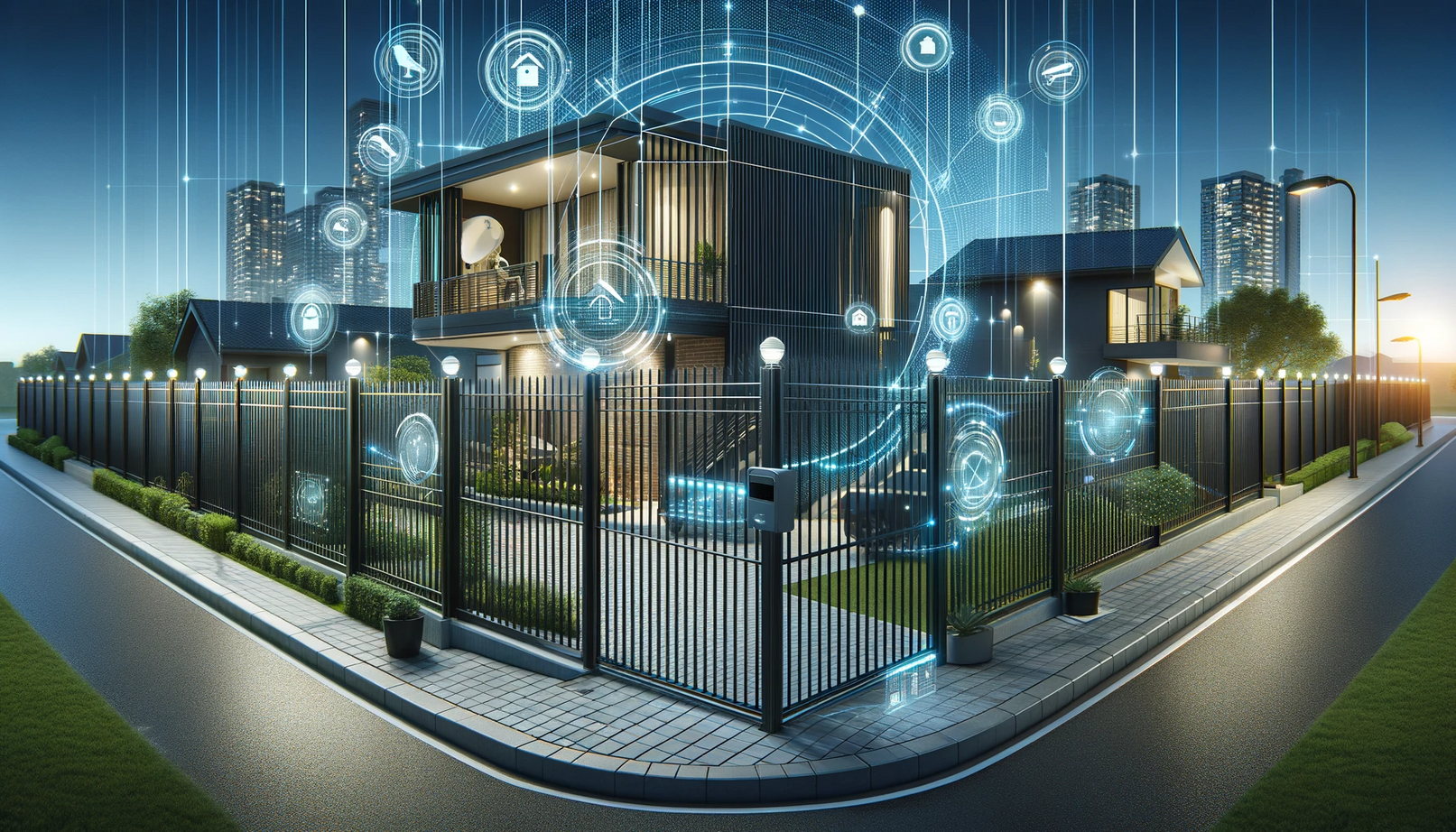
Paul MiTchell Electric Fencing

Our dedicated team will work closely with you, from the initial assessment to the final implementation, ensuring that every aspect of your security system meets your expectations.
Electric FEnce Installations
Paul Mitchell Electric Fencing is a business that specializes in designing, installing, and maintaining electric fencing systems for various purposes, such as security and perimeter protection. Paul Mitchell Electric Fencing offers a range of services related to electric fencing, including consultation, system design, installation, repair, and ongoing maintenance.
We offer some of the following services:
- Consultation and Site Assessment: Paul Mitchell Electric Fencing often starts by visiting the client’s property to assess the specific needs and requirements. We consider factors such as the purpose of the fence, the type of security concerns involved, the terrain, and local regulations.
- System Design: Based on the assessment, Paul Mitchell Electric Fencing will design a custom electric fence system tailored to the client’s needs. This design includes details such as the layout of the fence, the type of materials to be used, the energizer or controller specifications, and any additional features like alarms or monitoring systems.
- Installation: Once the design is approved, Paul Mitchell Electric Fencing will install the electric fence system. This involves setting up the wires, insulators, posts, and other components according to the design specifications. Proper grounding and electrical connections are crucial for the system’s effectiveness and safety.
- Energizer Setup: Electric fences require an energizer or controller that generates the electric pulses. The company will install and configure the energizer, which could then be powered by the main electricity, batteries, or solar panels.
- Testing and Calibration: After installation, the system needs to be thoroughly tested and calibrated to ensure it is functioning as intended. This includes checking the voltage levels, pulse intervals, and overall performance of the electric fence.
- Maintenance and Repairs: Over time, electric fences might require maintenance to ensure their continued effectiveness. Paul Mitchell Electric Fencing often offers maintenance contracts or one-time servicing options to inspect the system, replace worn-out components, and address any issues that arise.
Clearview Fencing Installation
Clearview fencing is a type of security fencing characterized by its see-through design and anti-climb features. It’s commonly used for various applications such as perimeter security, residential areas, commercial properties, and more. It is characterized by narrow, closely spaced vertical bars that provide minimal space for potential intruders to grip or climb, making it difficult to breach.
Clearview fencing is often used for various applications, including:
- Perimeter Security: It’s commonly used around properties, industrial sites, warehouses, and other areas that require a higher level of security.
- Residential Security: Clearview fencing can be installed around residential properties to provide a secure and visually appealing boundary.
- Commercial Properties: Many commercial properties utilize Clearview fencing to protect their assets and ensure the safety of employees and customers.
- Public Spaces: Clearview fencing can also be found in public spaces like parks, schools, and government buildings to maintain security while allowing visibility.
CCTV Systems
Paul Mitchell Electric Fencing prides itself on CCTV installations. CCTV installations involve setting up a system of cameras, monitors, and recording equipment to capture and monitor video footage within a specific area or property.
Here’s a general overview of the steps we use for our CCTV installations:
- Assessment and Planning: Determine the purpose of the CCTV system (e.g., security, surveillance, or monitoring). Identify the areas that need coverage and the specific points where cameras should be installed. Consider factors like lighting conditions, potential blind spots, and the types of cameras needed (e.g., dome cameras, bullet cameras, and PTZ cameras).
- Camera Placement: Install cameras strategically to provide optimal coverage of the designated areas. Ensure that cameras are positioned to capture important entry points, pathways, and critical areas. Adjust camera angles and settings to minimize obstructions and maximize visibility.
- Wiring and Connections: Run cables from the cameras to a central location where the recording equipment will be located. Connect cameras to the recording device using appropriate cables (coaxial cables for analog cameras or Ethernet cables for IP cameras).
- Recording Equipment Setup: Set up the recording equipment, which could be a DVR (digital video recorder) for analog cameras or an NVR (network video recorder) for IP cameras. Configure recording settings such as video quality, motion detection, and storage duration.
- Monitor Installation: Install monitors in the control room or designated area where operators can view live or recorded footage. Connect monitors to the recording equipment to display the video feeds.
- Testing and Configuration: Test each camera to ensure they are capturing clear footage and covering the intended areas. Adjust camera settings for optimal performance, including adjusting focus, zoom, and exposure settings.
- Network Configuration (for IP Cameras): If using IP cameras, configure the network settings to allow remote access and monitoring over the internet.
- Remote Access Setup: If desired, set up remote access capabilities so authorized users can monitor the CCTV system from their smartphones, tablets, or computers.
- Training and Handover: Provide training to users and operators on how to use the CCTV system effectively. Ensure that operators understand how to navigate the system, review footage, and respond to incidents.
- Maintenance and Support: Regularly maintain and inspect the CCTV system to ensure all components are functioning properly. Address any technical issues promptly and perform routine maintenance as needed.
Home Automation
- Paul Mitchell Electric Fencing also specializes in the setup of beams and gate motors, making your home, business, or property extra secure.
Beams
Typically referred to as infrared (IR) sensors, they are used to detect movement or intrusion in specific areas. These sensors can be integrated into security systems to enhance the protection of homes, businesses, or other properties.
Infrared Beam Sensors:
These sensors consist of a transmitter and a receiver. The transmitter emits an infrared beam, and the receiver detects the beam. When an object, such as a person or an animal, crosses the path of the beam and interrupts it, the sensor triggers an alert. Infrared beam sensors are often used in outdoor settings, such as along fences or pathways, to detect movement.
Key features of our beam sensors include:
- Detection Range: Our beam sensors come in various detection ranges, from short-range to long-range, depending on the intended application.
- Multiple Beams: Some systems use multiple beams in a pattern to provide more accurate detection and reduce false alarms caused by animals or debris.
- Wired or wireless: Our beam sensors can be wired directly to the security system or operate wirelessly.
- Integration: Our beam sensors can be integrated with other security components like alarms, cameras, and monitoring systems to provide a comprehensive security solution.
- Outdoor and Indoor Use: Our beam sensors can be used both outdoors and indoors, depending on the specific security requirements.
- Weather Resistance: Outdoor beam sensors are designed to withstand various weather conditions, ensuring reliable performance over time.
- False Alarm Prevention: Quality beam sensors incorporate features to minimize false alarms caused by factors like environmental conditions or small animals.
- Adjustability: Our sensors allow you to adjust sensitivity and other settings to customize the system according to your needs.
Gate Motors
Paul Mitchell Electric Fencing gate motor installations involve setting up an automated system that allows you to remotely open and close gates, enhancing convenience, security, and accessibility for your property. Gate motors are commonly used in residential, commercial, and industrial settings to control access and improve the overall functionality of gates.
Here’s an overview of the typical process for our gate motor installation:
- Assessment and Planning: Evaluate the type of gate you have (sliding gate or swinging gate) and its size, weight, and design. Determine the appropriate gate motor model and specifications based on the gate’s characteristics.
- Selecting the Gate Motor: Choose a gate motor that is suitable for your gate’s size and weight. Consider features like motor power, speed, compatibility with remote controls or access control systems, and durability.
- Preparation: Ensure that the gate is in proper working condition before installation. Clear the area around the gate to provide adequate space for the installation process.
- Mounting the Motor: For sliding gates, the motor is usually installed at the side of the gate, while for swinging gates, it’s installed on the gate or the gate’s post. Securely mount the motor using the appropriate brackets and hardware.
- Drive Mechanism Installation: For sliding gates, install the gear rack or chain mechanism that connects the motor to the gate. For swinging gates, install the arms that connect the motor to the gate, allowing it to swing open and closed.
- Wiring and Electrical Connections: Connect the gate motor to the power source. Install safety features like safety beams or photoelectric sensors to prevent the gate from closing if an obstacle is detected.
- Control Systems: Install control systems such as remote controls, keypads, intercoms, or smartphone apps for gate operation. Program the remote controls and configure access codes as needed.
- Testing and Adjustment: Test the gate motor to ensure it opens and closes smoothly without any issues. Adjust the motor’s settings, such as opening and closing speeds, to achieve optimal performance.
- Safety Precautions: Ensure that safety features are functioning correctly, such as safety beams that detect obstacles and prevent the gate from closing. Educate users about safety guidelines when operating the automated gate.
- Maintenance and Support: Regularly maintain the gate motor system by checking for wear and tear, lubricating moving parts, and replacing components if needed. Address any technical issues promptly to ensure continued functionality.

Choose Paul Mitchell Paul Mitchell Electric Fencing as your security partner,
and let us provide you with the peace of mind you deserve.
CONTACT US
Contact us today to schedule a consultation and take the first step towards a safer and more secure environment.

Paul MiTchell Electric Fencing
